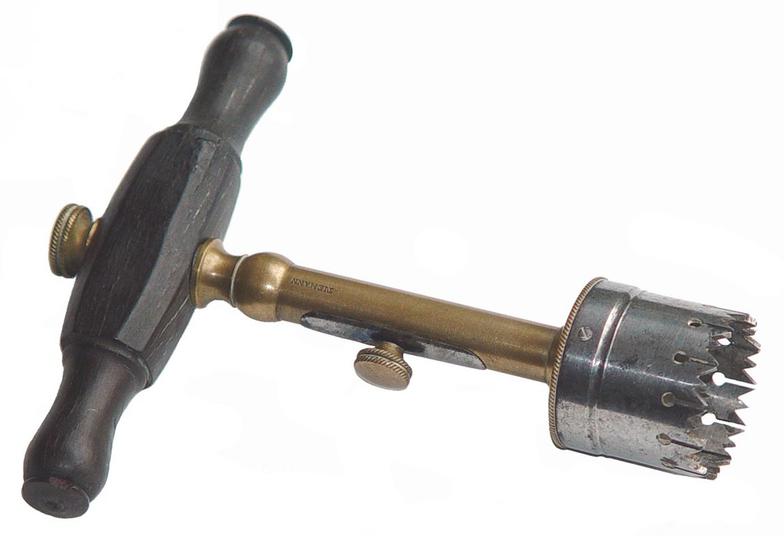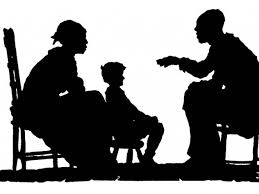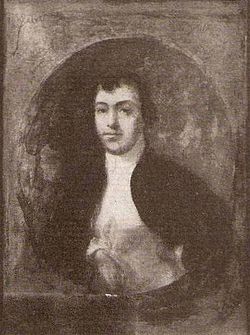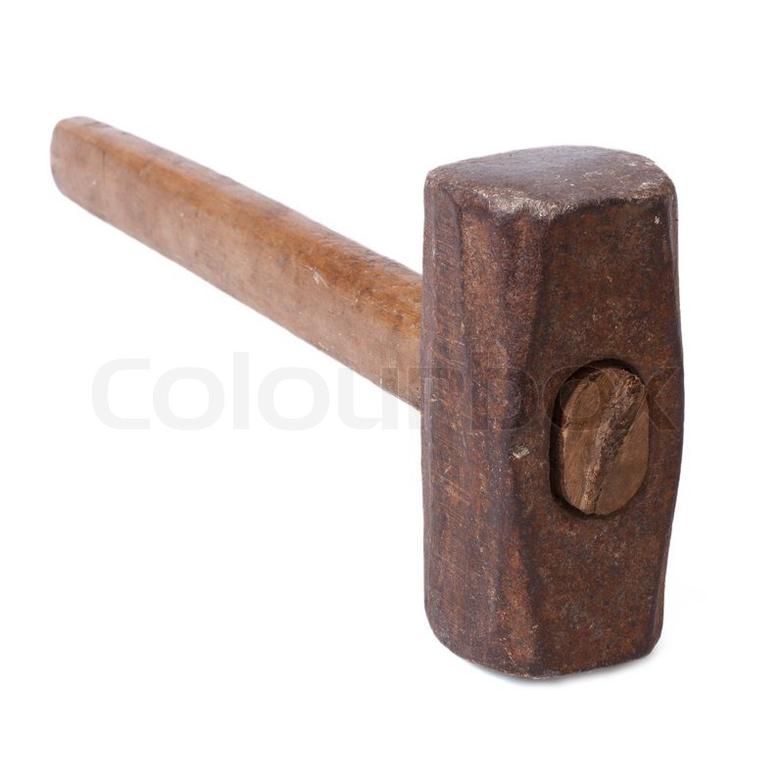SoulsinMyFamily.org
When Mr. Jefferson was away from Monticello he relied on his son-in-law, Thomas Mann Randolph, and his overseers for the running of his farms, the production of his crops, and the supervision of his slaves.
During the spring of 1803, while Mr. Jefferson was in Washington serving his first term as President, there was a violent incident between two slave boys working in the nailery. The result was the sale of the offender, a young boy named Cary.
Cary was born in 1785 and was twelve years old when he came to Monticello from Snowden, Randolph Jefferson's farm in Buckingham County near Scottsville. Mr. Jefferson purchased Cary from his brother and noted in his Memorandum Book:
"Recd. from R. Jefferson a negro boy Cary on same acct. as Ben ante Sep. 3." (1)
In September that same year the two boys were valued :
"Colo. Coles & Mr. Cocke have valued the boys I bought from Rand. Jefferson (Cary & Ben) at L155." (2)
"Valuing" was a common way to determine a fair price for a slave. The purchaser would request that a few other gentlemen choose a value, and he would agree to pay the amount they set.
Cary was listed in the Farm Book with Brown, John Bedford, Bedford Davy, and Snowden Ben - all these boys were born the same year.
In 1802, Mr. Jefferson paid Cary (and Jame Hubbard) for their labor in making charcoal, which was used as fuel for the fires in the blacksmith shop and nailery. The Memorandum Book states:
"Gave Jame Hubbard & Cary for burning coal 4.D." (3)
From Snowden to Monticello
Trouble in the Nailery
In the spring of 1803 Cary caused a major incident in the nailery. In response to some teasing, he attacked Brown, his fellow nail maker, with a hammer and caused a serious injury. Brown almost died. Mr. Jefferson received the news from Thomas Mann Randolph, who was supervising at the time.
"The boy Cary, irritated at some little trick from Brown, who hid part of his nail rod to teaze him, but restored it as soon as he found him angry, took a most barbarous revenge; approaching him by stealth he struck him with his whole strength upon the skull... The skull yielded to the face of the hammer ...driven in only about 2/3 of it, bending the other part and fracturing no where else. ...violent convulsions took place which were quickly succeeded by Coma & its usual symptoms,the leaden eye and apoplectic stupor: the patient was sensible of what was done to him and answered reasonably yet to my astonishment when the pressure was removed had no recollection at all of any circumstance from the blow to that moment.
Wardlaw & myself arriving nearly at the same time I acted as his assistant in the operation which he performed by means of the trephine (the saw which works both ways or with the motion of the wrist only) with the greatest boldness, steadiness and skill. The boy is as well as we could have expected today , and will, no doubt I think, in a month, be as well as ever. The other, I committed to jail till Brown's fate is determined." (4)
Mr. Jefferson's Decision
Mr. Jefferson responded that it might be necessary to sell Cary and remove him from Monticello - so as to make an example of him to the other nail boys. He explained his decision:
"...should Brown recover so that the law shall inflict no punishment on Cary, it will be necessary for me to make an example of him interrorem to others, in order to maintain the police so rigorously necessary among the nail boys. there are generally negro purchasers from Georgia passing about the state, to one of whom I would rather he should be sold than to any other person. if none such offers, if he could be sold in any other quarter so distant as never more to be heard of among us, it would to the others be as if he were put out of the way by death...in the mean time let him remain in jail at my expence, & under orders not to permit him to see or speak to any person whatever." (5)
Cary was sold. A record of the sale is in the Memorandum book:
"Directed him to pay to Dawson for Reeves & co. the 300D. he receives for the price of Cary, sold by him on my account." (6)
As a final note, he entered in the Farm Book:
"Cary 85. sold 1803"(7)
Cary was most likely never heard of again by the Monticello slave community and as his master said:
"...it would to the others be as if he were put out of the way by death. I should regard price but little in comparison with so distant an exile of him as to cut him off compleatly from ever again being heard of..." (8)
Queries
Why did Mr. Jefferson resort to selling Cary?
What other action could he have taken?
What probably happened to Cary after he was sold?
What Happened to Brown?
Brown, born at Monticello in 1785, was the son of Betty Brown. In 1806, just a few years after he was attacked by Cary, Brown was sold at his own request to a neighbor, John Jordan.
"Sold Brown to John Jordan for 500. D." (9)
Brown had married one of Mr. Jordan's slaves and Mr. Jefferson agreed to sell him to unite the couple. They probably met when Jordan worked as a brick mason at Monticello. Mr. Jefferson wrote to Mr. Jordan regarding the sale:
"Being now endeavoring to purchase young & able negro men for my own works, it is exactly counter to these views to sell Brown to you as proposed in your letter. however always willing to indulge connections seriously formed by those people where it can be done reasonably,I shall consent, however reluctantly to sell him to you. I should be glad to get such men equal to him in age, ability & character, without any qualification to a trade, for 500.D.each...and think 100.D. in addition to this quite little enough for his trade. for 600.D. therefore, (if he desires it & not else)
I may agree to part with him..." (10)
Brown was united with his wife and probably moved with Mr. Jordan to Rockbridge County.
Cary and Brown
Although little else is known about Cary and Brown they actually had a few things in common. They were about the same age, trained in the nailery and were expected to do the same work. Their lives at Monticello were very much the same.
But their backgrounds were very different. Cary was born on another farm - perhaps he was separated from his parents at age twelve when he came to Monticello. Brown had the advantage of belonging to the Hemings family and staying close to his mother when he was growing up. Could family influence have made a difference in the success or failure of these boys?
Queries
Why did Mr. Jefferson buy these two slave boys?
Was his purpose to teach them a skill?
Why were slaves "valued"?
Was Cary possibly causing problems at Snowden, and Randolph Jefferson was hoping he could be better supervised at Monticello?
Sources...
(1) Memorandum Book, February 9, 1797,page 952.
(2) Memorandum Book, September 20,1797, page 970.
(3) Memorandum Book, September 26, 1802, page 1081.
(4) Thomas Mann Randolph to Thomas Jefferson, May 30,1803, Founders Online.
(5) Thomas Jefferson to Thomas Mann Randolph, June 8, 1803, Founders Online.
(6) Memorandum Book, October 9, 1803,page 1110.
(7) Farm Book, page 60.
(8) Thomas Jefferson to Thomas Mann Randolph, June 8,1803, Founders Online.
(9) Memorandum Book, February 9, 1806, page 1174.
(10) Thomas Jefferson to John Jordan, December 21,1805, Founders Online.
One type of trephine, like the doctor used to relieve pressure on Brown's brain and save his life.
Thomas Mann Randolph
Queries
How could his family's support influence Brown's success as a nailmaker?
Was Cary just a "troublemaker" or did his situation influence his behavior?
Cary and Brown
...as if he was put out of the way by death...





